BOB DYLAN: SENOR: CAN YOU TELL ME WHERE WE’RE HEADING?
EXTRACTS (full version here)
Senor (subtitled Tales of Yankee Power) is one of Bob Dylan’s most celebrated songs of the 1970s. Its mysterious dream narrative, marked by a range of disturbing and confusing images, is extremely beguiling, conveying rising anticipation and a growing sense of panic. This is a song that communicates not through direct logic but by symbolic association and intense emotion, in the manner of symbolist poetry. Dylan has performed it several hundred times and it remains the only song from Street Legal that he has returned to regularly since the 1978 tour. A plethora of cover versions exist. Among the most effective readings are those by Elvis Costello (who really ‘acts’ the song out with some extreme vocals), Bonnie Prince Billy, Gillian Welch and The Jerry Garcia Band. A riveting cover by Tex Mex outfit Calexico with near-spoken vocals by Willie Nelson appears on the soundtrack of the surreal Dylan ‘biopic’ I’m Not There.
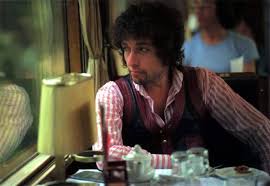
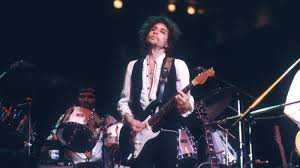
SENOR: RECORDING
The original recording begins with muted saxophone and a roll of hand held percussion, before Ian Wallace’s heavily ominous drum, which plays a slow and sonorous rhythm reminiscent of a military funeral, kicks in. The arrangement is restrained and tense. Dylan’s vocals are at first rather subdued, increasing in volume as he expresses moments of anxiety. The female backing vocalists are used sparingly to add a haunting ambience. Steve Douglas on sax continues plays a separate melody, suggesting that there is a dichotomy between what the narrator is expressing and the real world. Touches of mandolin, played by David Mansfield, add to the exotic atmosphere. The song contains five verses (all beginning with …Senor, Senor...and – unusually for Dylan – two bridges, which are positioned after the second and third verses. This unconventional structure allows for a build up of emotion at the beginning and end of the song, with an icy calm in the middle section.
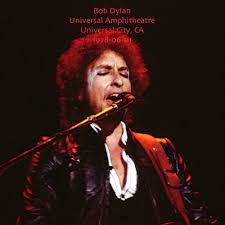
The music conveys an otherworldly feeling which is mirrored by the highly ambiguous and imagistic lyrics. The first three verses and the two bridges communicate their meanings through apparently random association, while in the final two verses the narrator seems to be struggling to regain a sense of reality. Senor conveys a visionary narrative which cannot be reduced to any single interpretation. Its powerful and resonant images succeed each other with the logic of a dream. The narrator maintains a conversation throughout with a ghostly figure that he addresses only as ‘Senor’ and who never replies to the many questions he is asked. Four of the five verses, including the final one, end in these unanswered questions, leaving listeners to ‘fill in the blanks’ themselves.

Some commentators have argued that, given that Spanish speaking Christians generally address God as ‘Senor’, the narrator is having a conversation with ‘The Lord’. Given that Street Legal is Dylan’s last album before his religious conversion, it has been asserted that the song is therefore some kind of ‘prelude’ to the Christian material that would follow. However, while it is true that the narrator appears to be in a state of considerable spiritual confusion, the identity of ‘Senor’ is never explicitly revealed. The song itself is certainly not any kind of expression of religious devotion and there are no explicit references to Biblical characters or events. The subtitle, Tales of Yankee Power, although it has a rather tentative relationship to the lyrics, suggests political and historical subtexts. During the ’78 tour Dylan liked to precede the song with a mysterious introduction describing what had inspired him to write it. This grew more and more fantastical as the tour progressed.

At his show in Memphis on 1st December, he related the following story:
… I was riding on a train one time from Mexico, up to San Diego. Anyway, I fell asleep on this train I woke up…at the time I woke up the train had stopped at a place called Monterey. And there was a family with about 15 children getting off the train and this old man was stepping up to get on to the train. So he was coming down the aisle, I was watching him through the glass, like a mirror. I’d seen him get on and watched this figure moving up the aisle. And he takes a seat across the aisle from me. … He was about 150 years old and he was wearing a blanket. That’s all he was wearing was a blanket. And I turned to look at him and I see his eyes were burning like they was on fire and there was smoke coming out of his nostrils. And I think, this is a man I wanted to talk to….
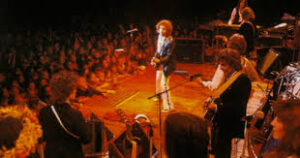
Dylan’s entertaining ‘explanation’, which sounds rather like a scene from a low budget horror movie, certainly places a clear image in the audience’s minds. It may be significant, though, that Dylan describes himself as having seen all this after waking up. One can only wonder whether he was in fact still dreaming.
The song opens with two questions: …Senor, Senor, can you tell me where we’re heading/ Lincoln County Road or Armageddon?/ Seems like I’ve been down this road before/ Is there any truth in that, Senor?… These questions, like the others in the song, will never be answered. ‘Lincoln County Road’ may be a reference to an area of New Mexico which lies near the border with Mexico itself. This location was famously the site of the ‘Lincoln County War’, a murderous extended battle between rival gangs which began in 1878 and in which Billy the Kid was killed. The narrator appears to be asking ‘Senor’ about the destiny of the world, which is presumably under the control of ‘Yankee power’. This may be a serious question or not, but what it mainly establishes is the presence of a paranoid narrator, who seems to be experiencing déjà vu and is desperate for answers. Already one may wonder whether ‘Senor’ is a real person or whether the narrator is merely asking himself rhetorical questions. We also do not know whether the conversation is being held on a train, in a car on horseback or in a room
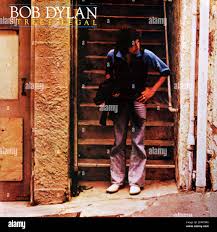
The narrator seems to be being bombarded by random and contradictory images which may be part of the story of his relationship with the unnamed woman. None of this makes rational sense but what is most affecting is the growing feeling of unease that is emphasised by the question …Will there be any comfort there, Senor?… and the later pronouncement that he …can’t stand the suspense any more… In his dream vision he glimpses a ‘painted wagon’, which suggests Wild West pioneers, perhaps coming to assert ‘Yankee power’. He can also …Smell the tail of the dragon… As ‘chasing the dragon’ is a method of ingesting heroin, this might be taken to indicate the presence of the drug running gangs that have been so powerful in modern Central America. A dragon also appears in the Book of Revelation, so perhaps we are back in the shadow of Armageddon again. Trying to ‘unpick’ all of this is, however, as futile as the questions that the narrator asks Senor. It seems as if Dylan has constructed a story here, but has only provided us with a few random details. This leaves us to construct our own version of the scenario.
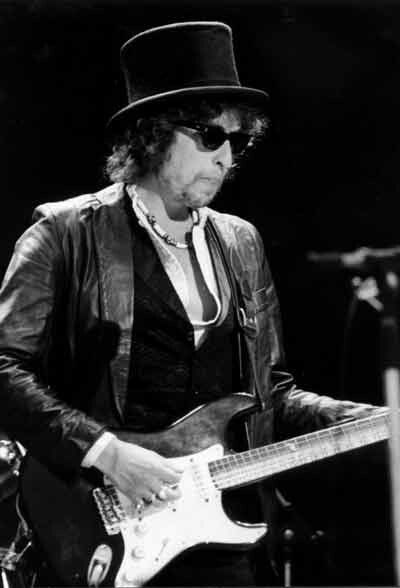


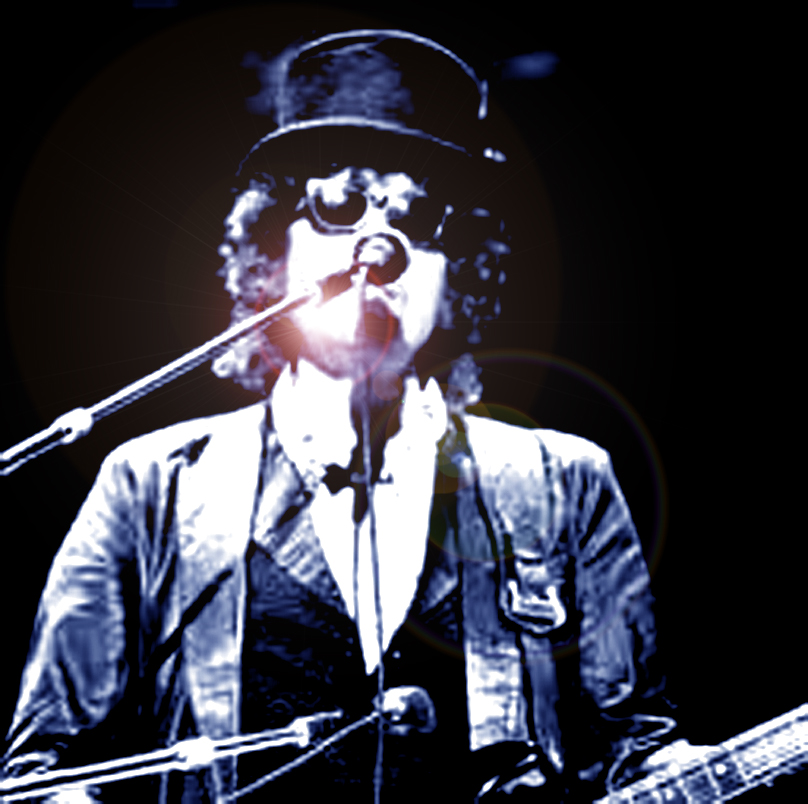
Leave a Reply